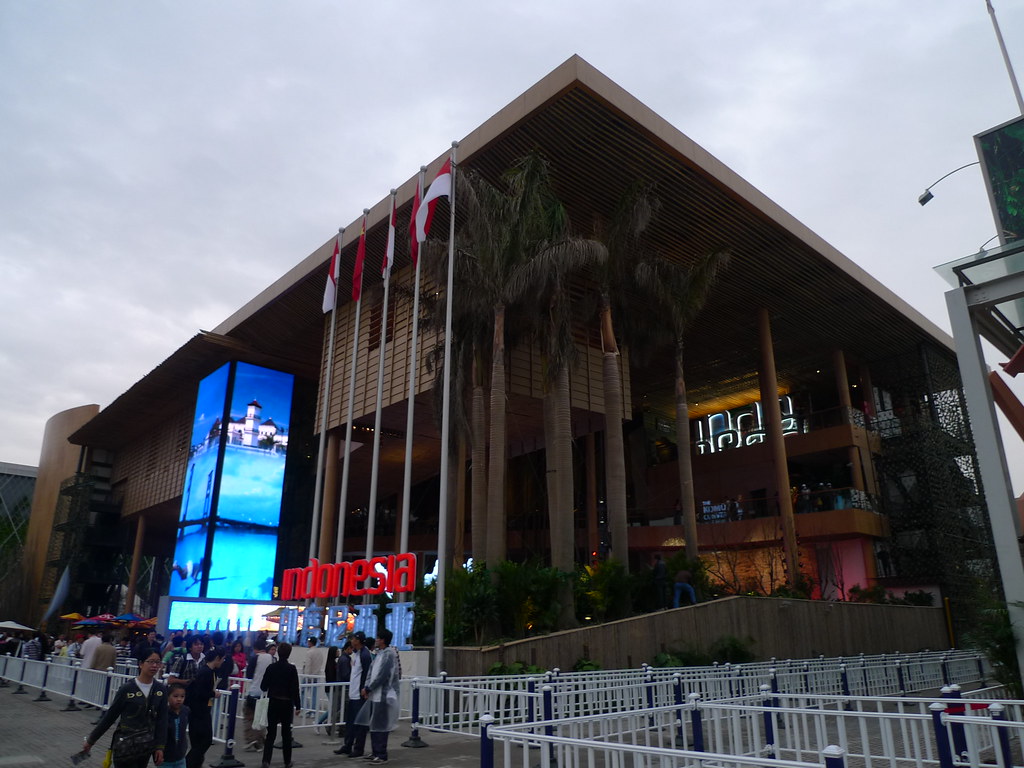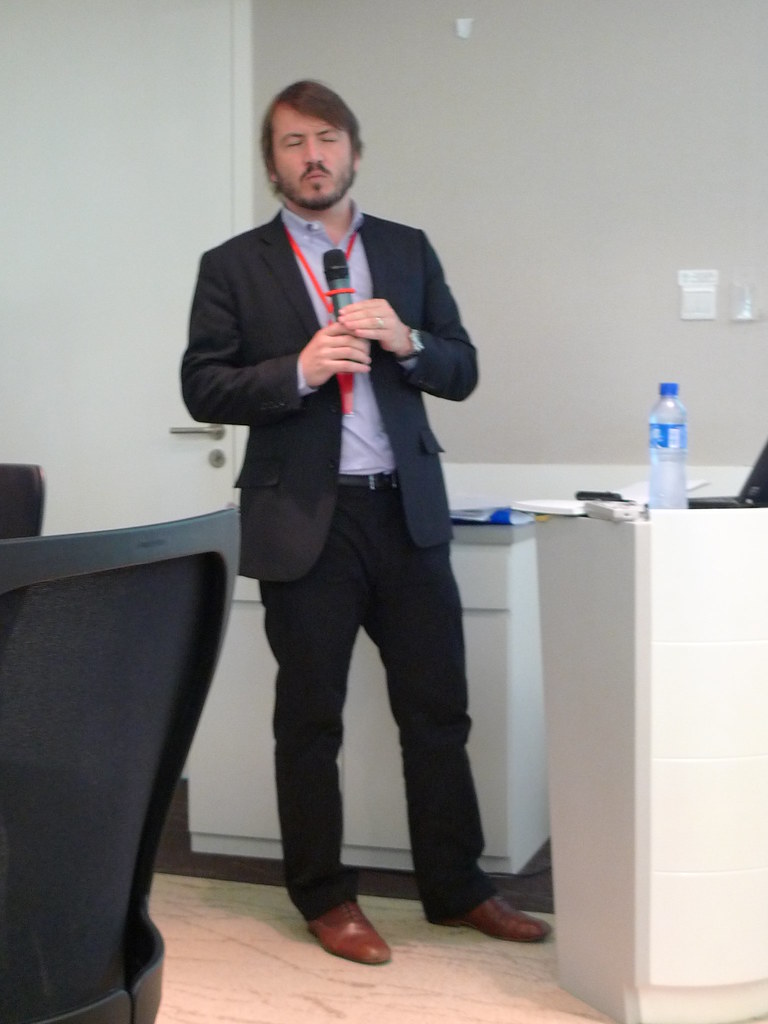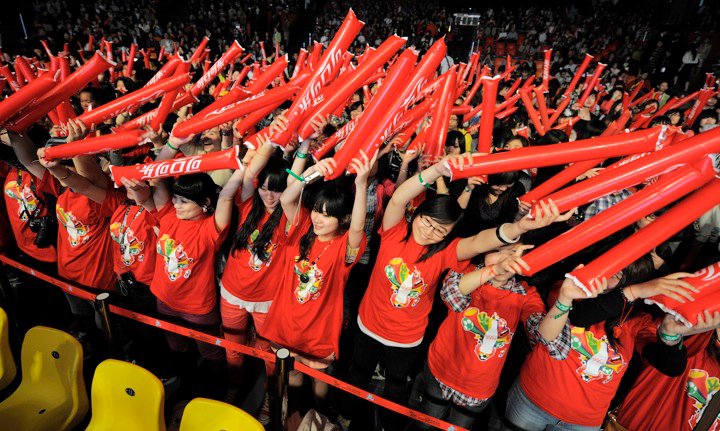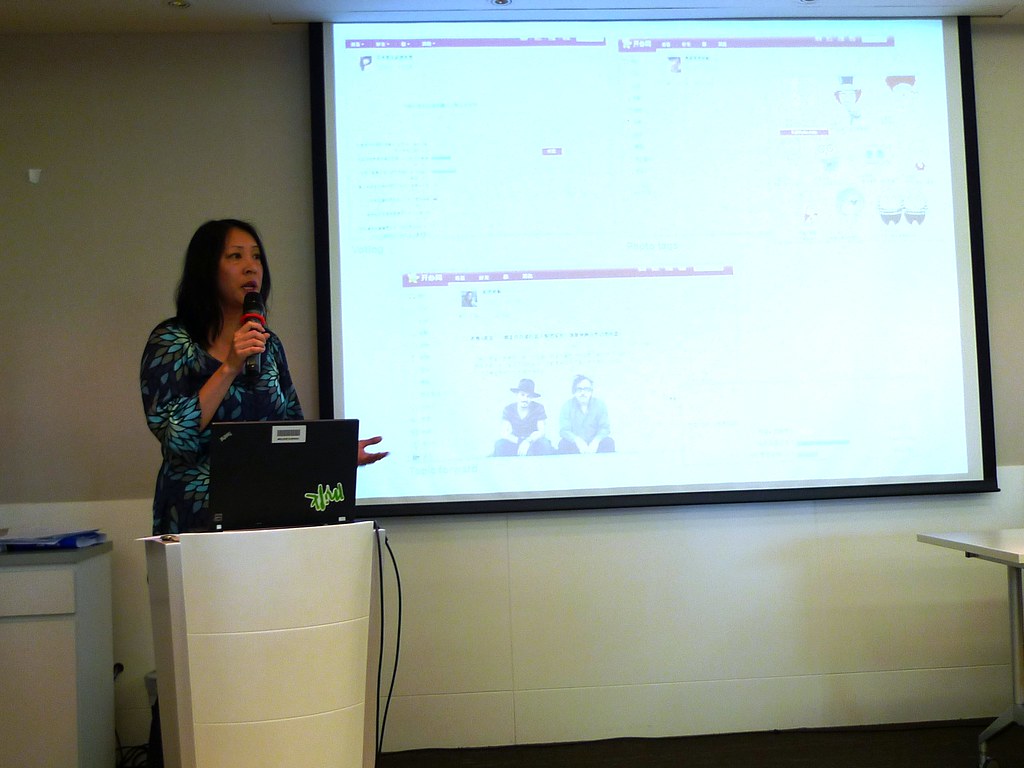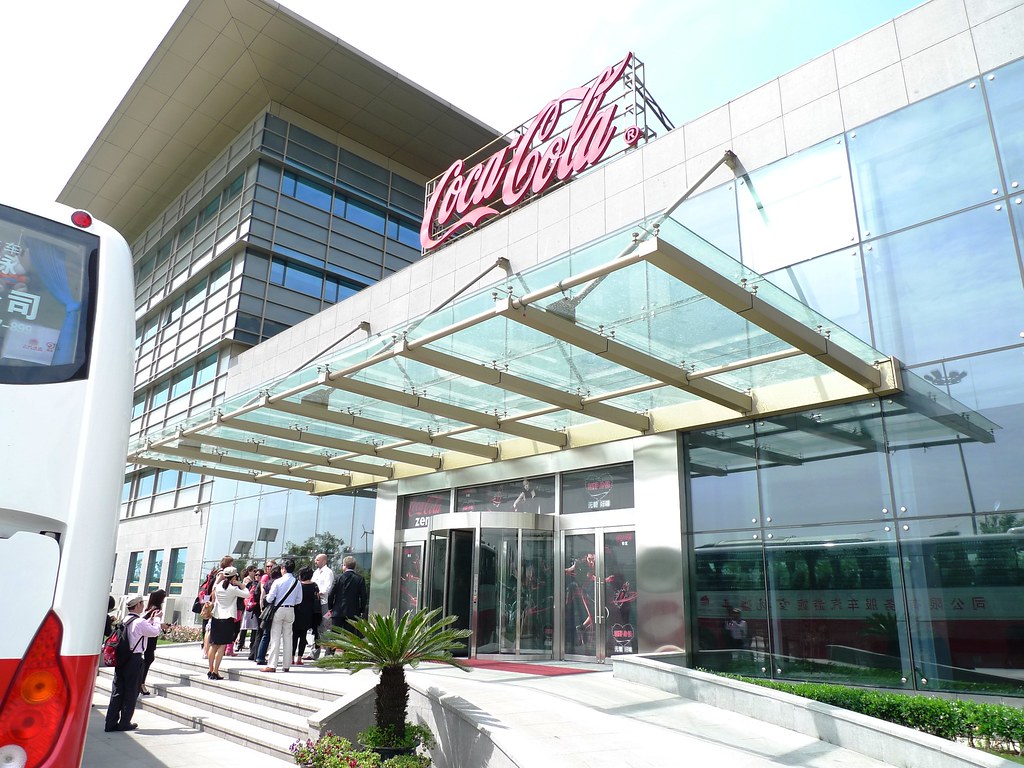At the Shanghai World Expo 2010, the country pavilions are especially significant as they are iconic representations of what each country has to offer. After visiting those from Europe and the Americas, as well as those closer to home in China, Australia and Southeast Asia, how does Singapore’s Pavilion compare?
Join me for an in-depth tour of the Singapore Pavilion at the Shanghai World Expo.
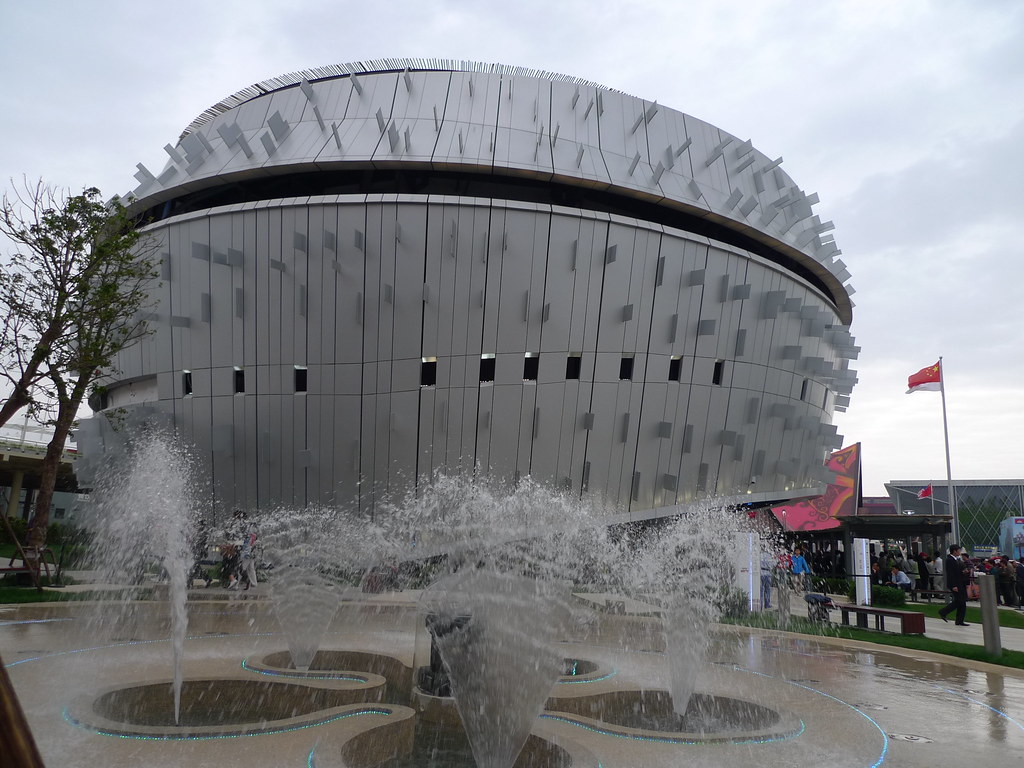
Designed by architect Tan Kay Ngee, the Singapore Pavilion’s theme is Urban Symphony. Evoking images of a music box, it “forms an orchestra of elements and a symphony for the senses – from the choreography of the plaza’s water fountain, the rhythm of fenestrations on the façade, the interplay of sounds and visuals, to the mélange of flora on the roof garden.”

